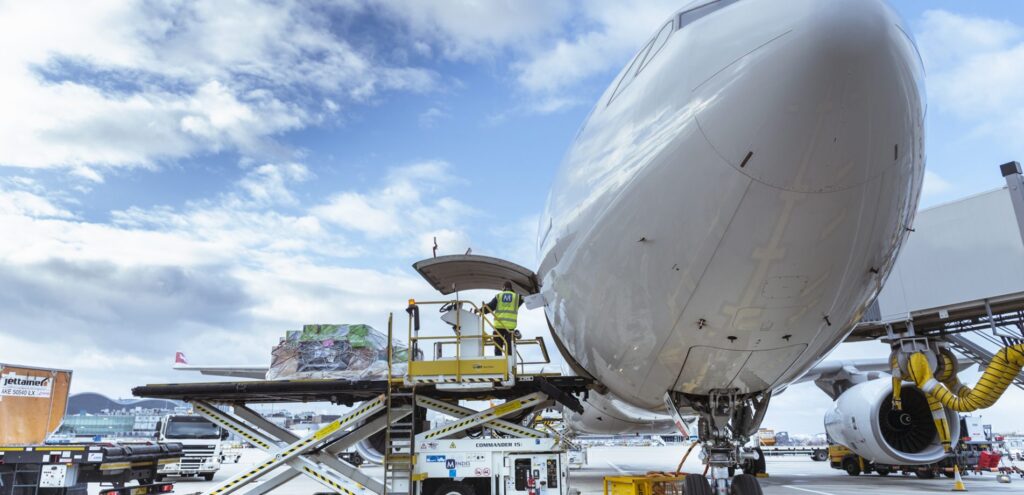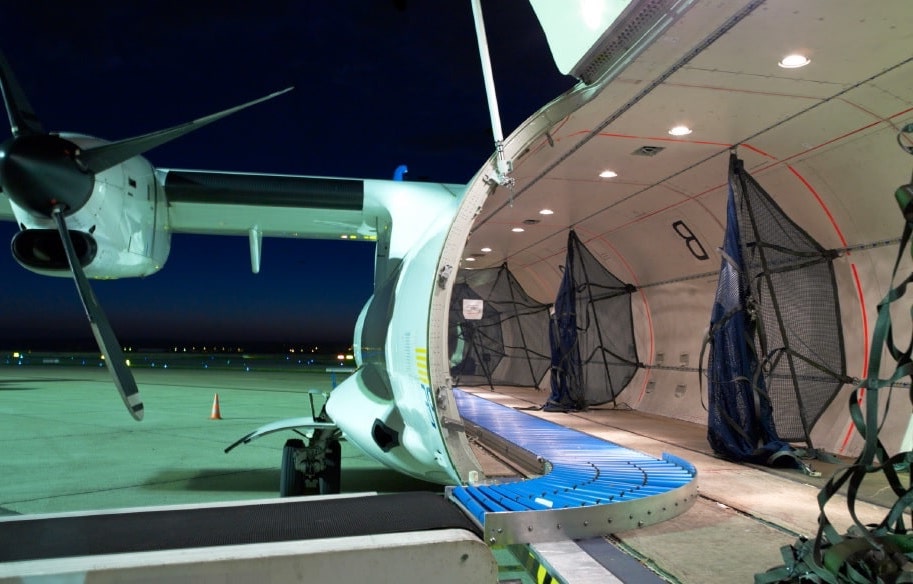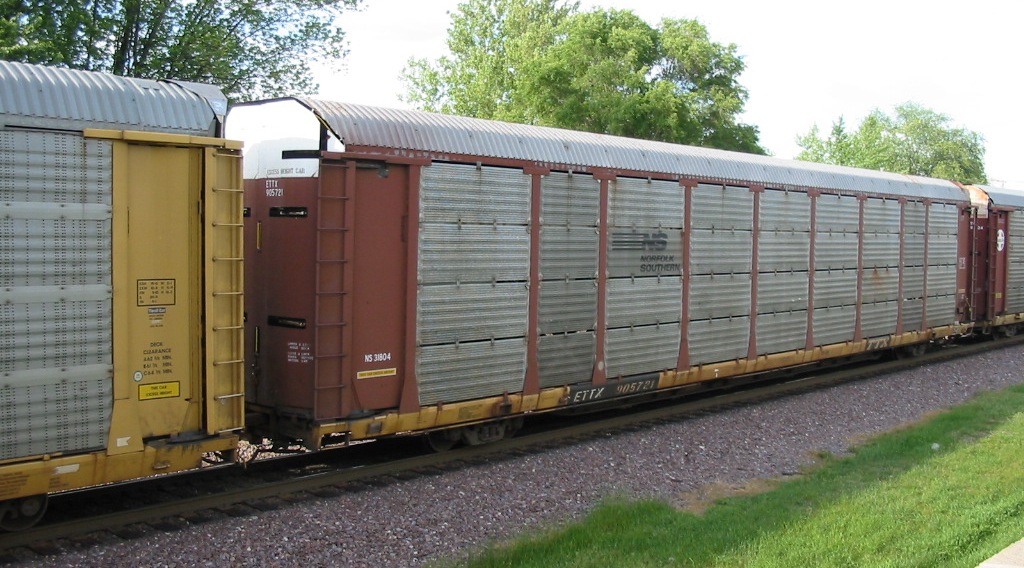- By Della tj
- September 30, 2025
- Air Freight, Shipping
Importers across the globe monitor current air freight rates from China closely, as costs significantly affect profit margins and delivery schedules. Air cargo prices shift weekly depending on demand, season, and airline capacity, making it essential to stay informed. This guide explains costs, timelines, required documents, and case studies so shippers can make smarter logistics decisions.
This page is Amazing
📌 Example: An e-commerce retailer importing fashion items may choose sea freight for bulk orders, but when facing urgent seasonal demand (Christmas or Black Friday), they rely on air freight despite higher costs.
What Determines Current Air Freight Rates from China?
Air freight pricing depends on several factors:
- Chargeable weight: Airlines bill by actual weight or volumetric weight, whichever is greater.
- Cargo type: Oversized, fragile, or hazardous goods increase rates.
- Origin airport: Shanghai, Shenzhen, Beijing, and Hong Kong all have different fee structures.
- Fuel surcharges: Jet fuel fluctuations impact monthly adjustments.
- Seasonality: Peak shipping months before Chinese New Year and Q4 retail seasons push prices higher.
Accordingly, understanding these drivers helps businesses forecast budgets effectively.
What Are the Current Air Freight Rates from China in 2025?
| Origin Airport → Destination (UK/US/EU) | Avg. Rate (USD per kg) | Transit Time (Days) |
|---|---|---|
| Shanghai (PVG) → London Heathrow | $4.50 – $6.20 | 3–5 |
| Shenzhen (SZX) → Los Angeles | $4.80 – $6.70 | 3–5 |
| Guangzhou (CAN) → Frankfurt | $4.70 – $6.50 | 4–6 |
| Beijing (PEK) → Chicago | $4.60 – $6.40 | 4–6 |
| Hong Kong (HKG) → Paris CDG | $4.40 – $6.10 | 2–4 |
Note: Rates fluctuate weekly based on airline capacity and global demand.

Why Do Current Air Freight Rates from China Fluctuate?
Prices rise or fall due to:
- Global demand surges during holiday seasons.
- Capacity shortages when passenger flights are reduced.
- Currency exchange rates impacting USD-denominated freight.
- Economic conditions affecting global trade flows.
- Regulatory changes in customs or import/export policies.
For example, during pandemic-related disruptions, rates increased fourfold due to reduced flight availability.
Air Freight vs Sea Freight vs Rail: Which Should You Choose?
| Method | Cost (per kg) | Transit Time | Pros | Cons |
|---|---|---|---|---|
| Air Freight | $4.5–$6.5 | 3–6 days | Fast, reliable, secure | High cost |
| Sea Freight | $0.40–$0.70 | 30–40 days | Cheapest per unit | Very slow |
| Rail Freight | $1.20–$1.80 | 18–22 days | Balanced cost/speed | Limited routes |
On the other hand, many businesses combine modes—air for urgent shipments and sea for bulk cargo.
How Long Does Air Freight from China Take?
Average delivery times include:
- Direct flights: 2–4 days
- Consolidated shipments: 4–6 days
- Door-to-door services: 5–8 days
Indeed, carriers such as Lufthansa Cargo, FedEx, and China Southern ensure reliable schedules to Europe and the U.S.
What Customs Documents Are Required for Air Freight?
| Document | Purpose |
|---|---|
| Air Waybill (AWB) | Legal contract between shipper and airline |
| Commercial Invoice | Declares shipment value for customs |
| Packing List | Provides breakdown of goods |
| Export Declaration | Confirms Chinese regulatory compliance |
| Certificate of Origin | Identifies manufacturing country |
| Import Licenses | Needed for restricted items |
Proper documentation prevents clearance delays and storage penalties.
Real Case Studies of Current Air Freight from China
Case 1: Shenzhen → Los Angeles (Electronics, 500 kg)
- Mode: Direct air freight
- Cost: $2,850 ($5.70/kg)
- Transit: 4 days
- Notes: Urgent smartphone delivery for holiday sales.
Case 2: Shanghai → London (Textiles, 1,200 kg)
- Mode: Consolidated air cargo
- Cost: $6,360 ($5.30/kg)
- Transit: 6 days
- Notes: Pre-cleared documents shortened customs process.
How Is Air Freight Pricing Calculated?
Airlines use chargeable weight:
- Actual weight: Total shipment mass.
- Volumetric weight: (L × W × H in cm) ÷ 6000.
The higher value is billed.
Example: A cargo weighing 100 kg but measuring 200 × 120 × 100 cm = 400 kg chargeable weight.
How Can You Reduce Current Air Freight Rates from China?
- Ship off-peak (avoid pre-holiday rush).
- Use consolidation services for small volumes.
- Optimize packaging to lower volumetric weight.
- Negotiate long-term rates with forwarders.
- Compare multiple airlines before booking.
To illustrate, companies save 10–20% annually through packaging optimization and volume contracts.
Should SMEs Use Air Freight from China?
Small businesses benefit when:
- Shipping high-value products (electronics, fashion).
- Meeting fast delivery expectations in e-commerce.
- Reducing storage costs through just-in-time logistics.
Although costs are higher, the competitive advantage of speed often outweighs expense.
Conclusion
In conclusion, current air freight rates from China range between $4.5–$6.5 per kg in 2025, depending on airport, weight, and urgency. Case studies highlight how costs differ based on shipment type and service. Businesses can lower expenses by consolidating cargo, negotiating contracts, and working with experienced forwarders. Ultimately, air freight ensures fast, reliable, and secure delivery for global supply chains.
- Consult TJ China Freight Forwarding for the lowest quote. They will provide you with reliable, cost-effective service.
FAQ:
Q1.What is the cheapest airport for current air freight rates from China?
Generally, Hong Kong offers lower rates compared to mainland airports, making it a popular choice for budget-conscious importers worldwide.
Q2.Can fragile products be shipped with air freight from China?
Yes, fragile items can be safely shipped using specialized packaging and handling, although this slightly increases overall freight costs.
Q3.How often do current air freight rates from China change?
Air freight prices are updated weekly based on airline capacity, seasonal demand, and international supply chain fluctuations.
Q4.Are customs duties included in current air freight rates from China?
No, duties and VAT are separate from freight charges. Importers must settle these costs upon cargo arrival in the destination country.
Q5.Do SMEs benefit from current air freight rates from China?
Indeed, SMEs use air freight for high-value, urgent shipments, gaining competitive advantages despite higher per-unit costs compared to sea freight.




